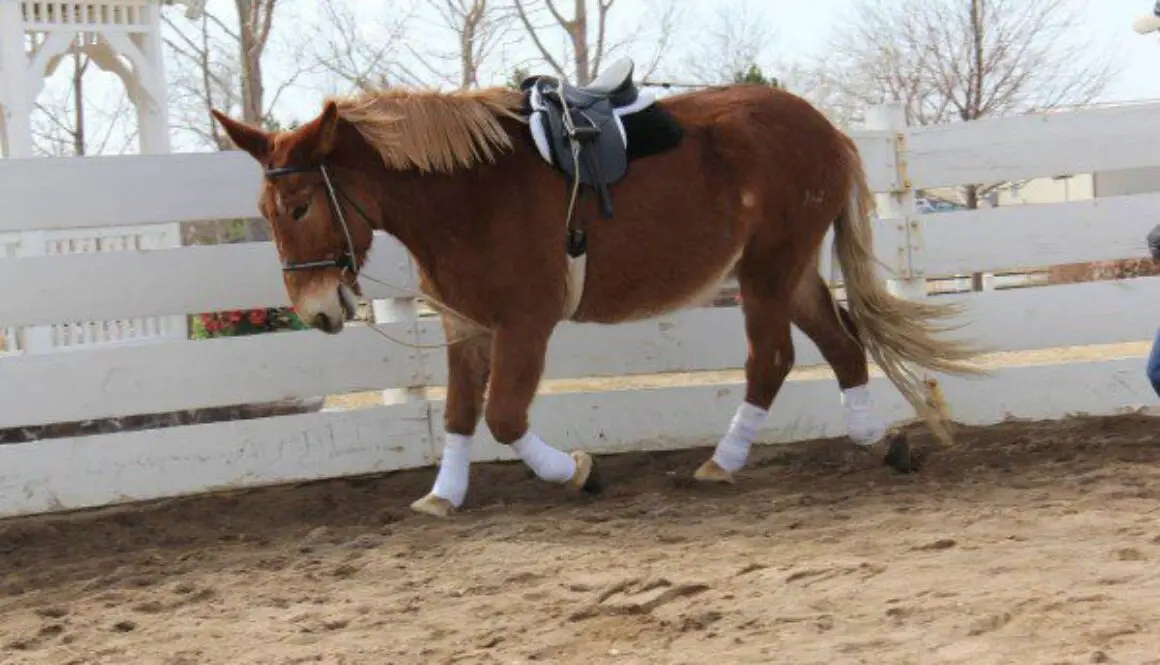LTR Training Tip #49: Free Lunging in the Round Pen
Introduce your equine to lunging training with “free lunging” without tack or equipment in the round pen.

Introduce your equine to lunging training with “free lunging” without tack or equipment in the round pen.

Is your equine ready to start lunging training? Ask yourself these questions before beginning.

Side passing the “T” is an advanced move, and a good challenge for testing your equine’s lateral abilities.

If leading lessons aren’t working, try asking yourself these questions to figure out what’s going wrong.

After your equine has mastered moving straight through obstacles, try some of the obstacles that require lateral movement.

Learn how to lead your equine through forward obstacles in order to instill confidence and turn your equine’s fear into curiosity.

Whether or not your equine is calm enough to really stand still depends on all the lessons he has had and how they were executed.

Leading with purpose will keep your equine’s responses attentive, prompt and smooth.

Meredith demonstrates how to teach your equine to execute a turn-on-the-forehand on the lead line.

The turn on the haunches can be a complicated move for your equine. Learn how to approach the move in this Training Tip.

If you are going to attend a show, it is advisable to get a copy of the rulebook that is designated by the show committee, so you know what to expect for each class you enter.

One of the most difficult things your equine will ever learn is to stand perfectly still while the show judge inspects him.

One of the most difficult things your equine will ever learn is to stand perfectly still while the show judge inspects him.

Grooming is an important facet of your equine’s management. How you take care of his hair coat will greatly affect his health. How often you groom and what tools you use can positively affect your equine’s behavior and comfort.

The elbow pull will stop your equine from raising his head to the point where he hollows his neck and back, and will keep him in reasonably correct posture.

Training sessions that are too repetitious and last too long will only fatigue and frustrate your equine, resulting in unwanted resistance. Keep lessons short and easy for the best training results.

Equines are not born with an awareness of their own bodies, or proprioception, so they must be taught how to orient themselves.

There are many advantages to having an equine that can square up at the halt, because that means he is putting equal weight over all four feet for ideal balance and good posture.

Learn how to properly use the “face tie” restraint for your mule or donkey. This is a humane alternative to twitches, stocks and hobbles. This tie should NEVER be used with horses.

If you need some extra leverage with your equine during initial leading training, try using the “Quick Twist.” Meredith explains how to set it up, and when to use it in this Training Tip.